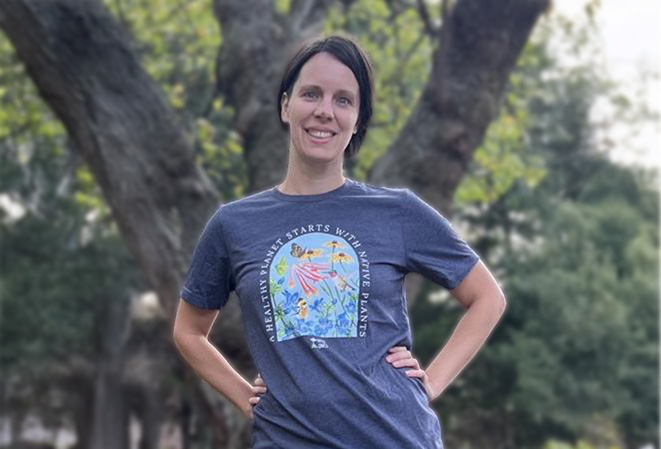What the Peony Tells Us About War and Biodiversity
Discover the surprising history of the peony, from war and empire to its role in modern gardens. Explore native plant alternatives that support biodiversity, pollinators, and place-based beauty. Continue reading "What the Peony Tells Us About War and Biodiversity"

